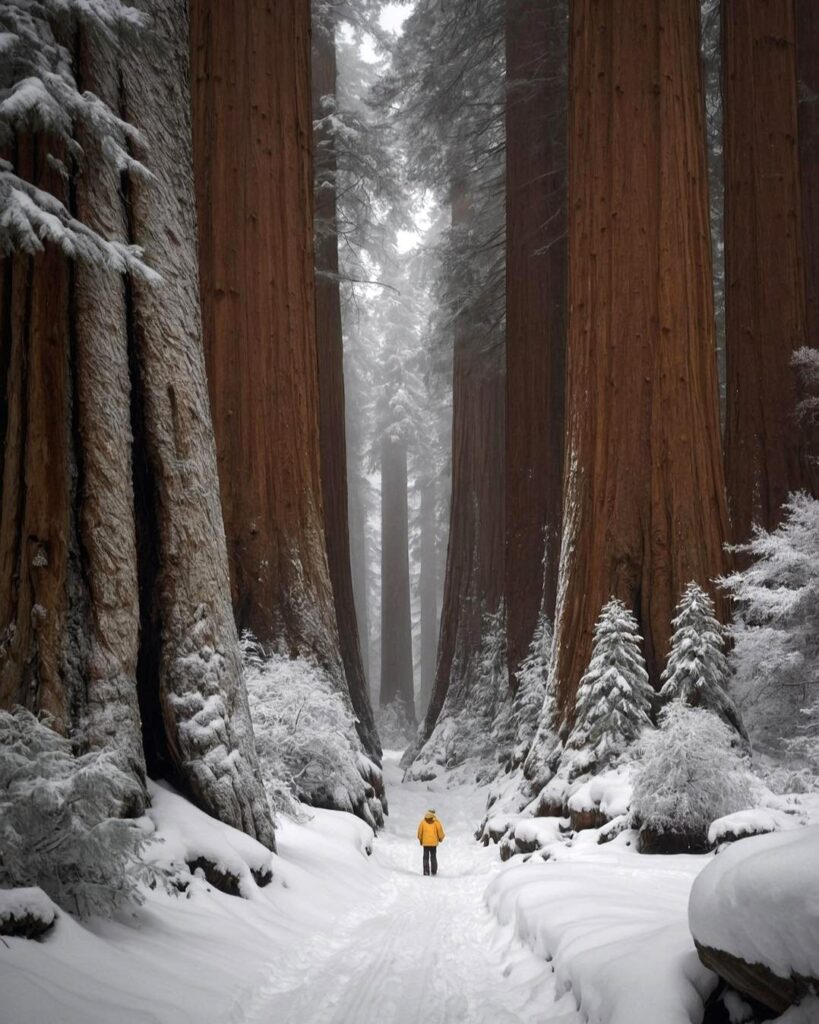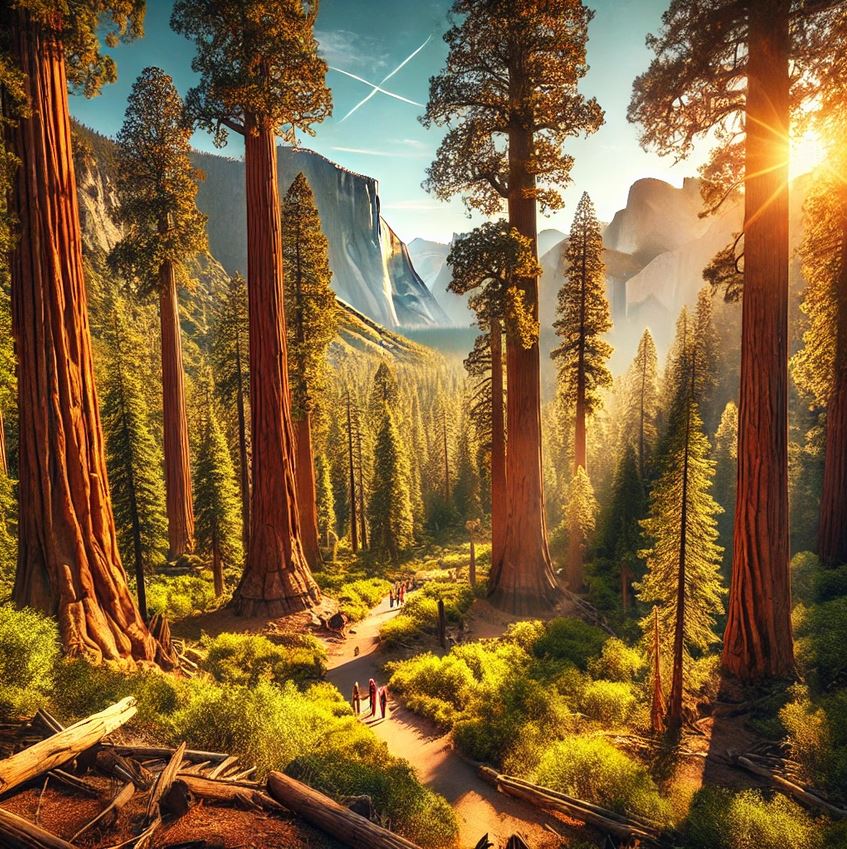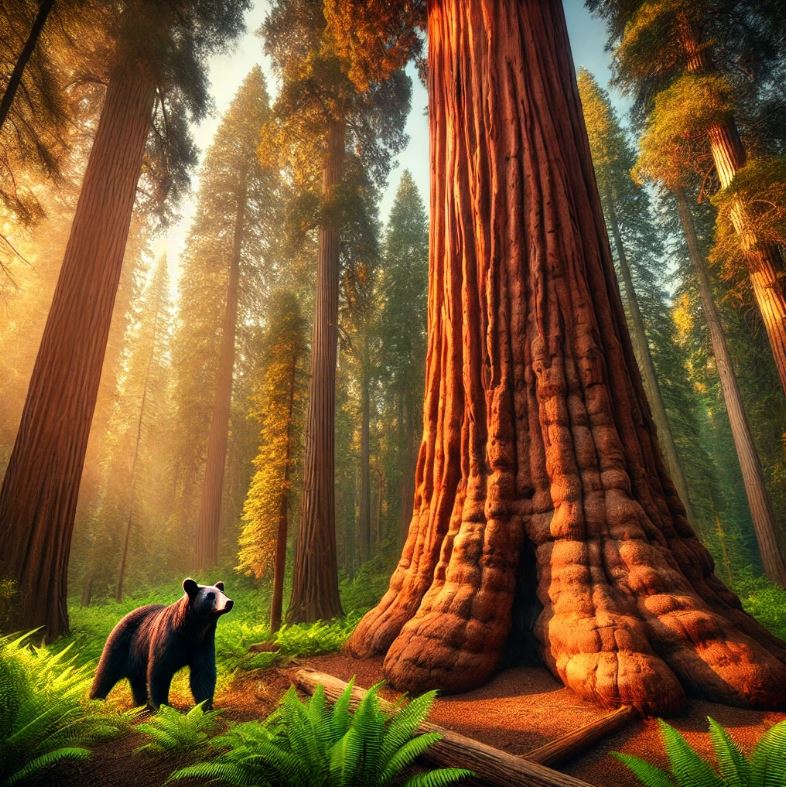Sequoia National Park: A Majestic Natural Wonder
Sequoia National Park, located in the southern Sierra Nevada mountain range of California, is one of the most breathtaking and historically significant national parks in the United States. Established on September 25, 1890, the park was created to protect its magnificent giant sequoia trees, including the world-famous General Sherman Tree, the largest tree on Earth by volume. Covering over 400,000 acres, the park offers diverse landscapes, ranging from lush forests and high mountain peaks to deep canyons and crystal-clear rivers.

One of the park’s most striking features is the Giant Forest, home to five of the ten largest trees in the world. The General Sherman Tree, the crown jewel of the park, stands at an astonishing 275 feet tall and 36 feet in diameter at its base. This massive sequoia is estimated to be around 2,200 years old, making it one of the oldest living organisms on the planet. The Giant Forest Museum provides insights into the ecology and history of these ancient trees, educating visitors about their significance and conservation efforts.
Beyond the towering trees, Sequoia National Park is known for its stunning granite formations and scenic viewpoints. Moro Rock, a massive granite dome, offers a challenging climb with a 400-step staircase leading to a breathtaking panoramic view of the Sierra Nevada mountains. Another iconic site is Tunnel Log, a fallen sequoia with a tunnel cut through its trunk, allowing visitors to drive through a living piece of history.
For those interested in underground exploration, Crystal Cave is a must-visit destination. This marble cavern, adorned with intricate stalactites and stalagmites, is accessible via guided tours during the warmer months. The cool, damp environment provides a fascinating contrast to the sun-drenched forests above.
Outdoor enthusiasts will find an abundance of recreational activities, including hiking, camping, and wildlife watching. The park boasts over 800 miles of trails, ranging from short nature walks to challenging backcountry routes. The High Sierra Trail is a famous long-distance trek that leads hikers to Mount Whitney, the tallest peak in the contiguous United States at 14,505 feet.

Sequoia National Park is also home to diverse wildlife. Black bears, mule deer, bobcats, and marmots are commonly seen, while mountain lions and bighorn sheep are more elusive. Birdwatchers can spot species like the Steller’s jay, peregrine falcon, and the great horned owl.
The best time to visit depends on personal preferences. Summer (June–September) is the most popular season, with warm temperatures and fully accessible roads. However, winter (December–March) offers a unique experience, as the park transforms into a snowy wonderland perfect for snowshoeing and cross-country skiing.

Connected to Kings Canyon National Park, Sequoia offers visitors a chance to explore even more breathtaking scenery, including deep canyons, roaring rivers, and additional groves of ancient sequoias. Whether for a short visit or an extended adventure, Sequoia National Park remains a symbol of nature’s grandeur and an essential destination for outdoor lovers.


